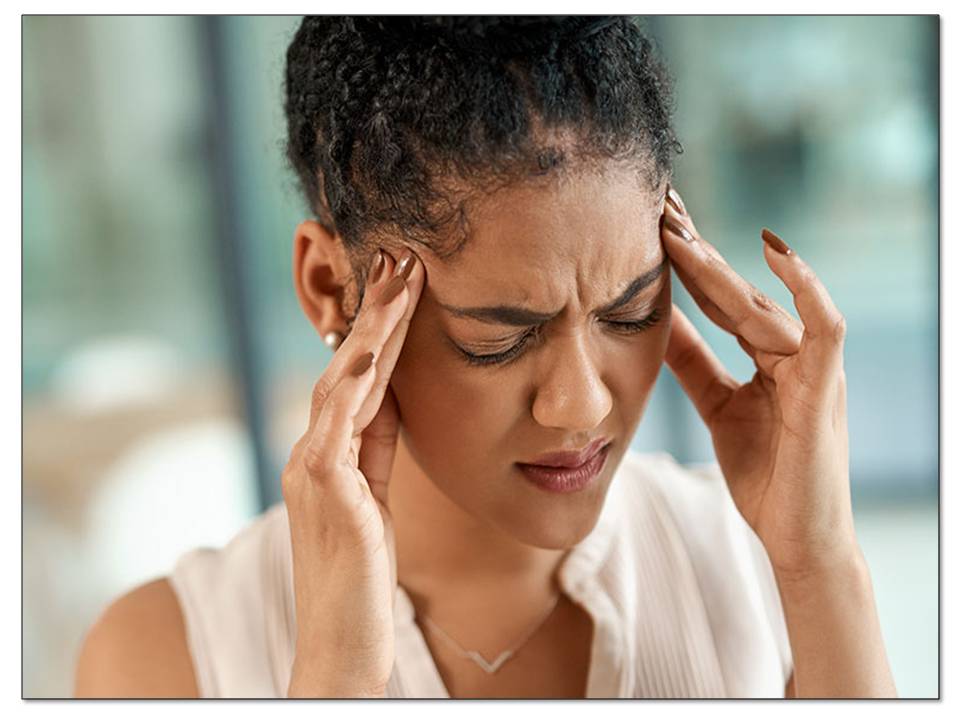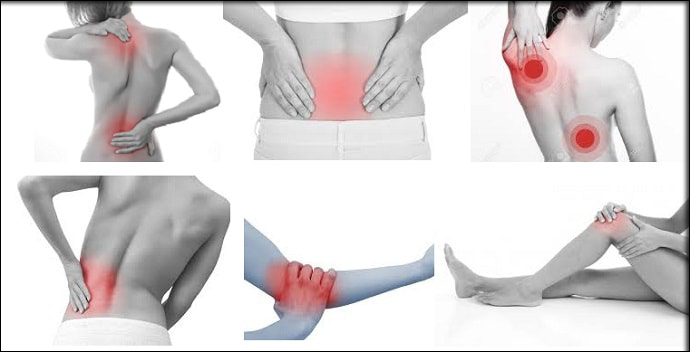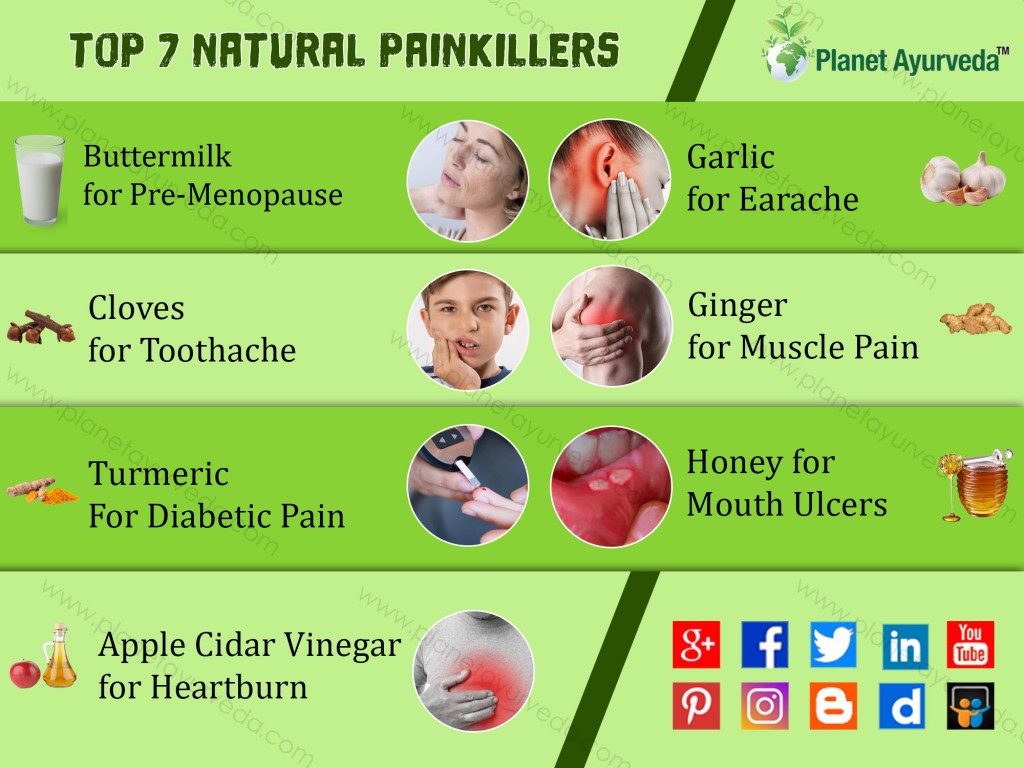AYURVEDIC TREATMENT FOR MIGRAINE
Abstract
Living with migraine disease is a constant struggle , can be exhausting , frustrating and debilitating , this constant game of trial and error could completely flip the switch of your life , you feel as if you are in some kind of pain /pressure/brain fog/numbness all the time – perhaps some days it’s less than the others or on some days , you could make it out of bed , or some days , you could go on about your life and do errands managing to escape those triggers that may hamper it all over again. It becomes hard and annoying to live with this constant throbbing pain or in the fear of another attack disrupting your day to day activities leading to poor brain performance.
LET’S TALK MIGRAINE
A migraine is a characteristic neurologic disease that involves a pulsing sensation or throbbing pain of the head with intensity varying from mild, moderate to severe along with nausea, vomiting or a sensitivity to light or sound with each attack that may range from days to months. A pre migraine may consist of flashes of lights, blind disturbances , difficulty in speaking or numbness in one side of the face (aura).

Migraine symptoms
Migraine can occur in childhood , or in adolescence or early adulthood and a typical migraine attack is identified by 4 stages/phases
- Prodrome :- the set of symptoms that warns about an oncoming migraine headache , may commence 1 or 2 days prior to it . These may include unexplained food cravings and fatigue , yawning , hyperactivity , depression ,stiffness of the neck etc .
- Migraine with aura :- post to the prodrome stage , the migraine headache sets off with an aura whose characteristics are described later in the title – types of migraines.
- Attack phase :-this is the most debilitating phase of migraine specified with severe pain accompanied with a pulsating headache , nausea , vomiting , sensitivity to respective triggers which may be sound or light , giddiness etc.
- Postdrome phase :- there occurs a swap of the person’s emotions and mood varying from euphoria to a fatigued and apathetic condition , this phase might be distinct in various individuals or absent .
Types of migraine
The migraine disease is classified into several types
1. MIGRAINE WITH AURA (COMPLICATED MIGRAINE)
This type of migraine is distinct with a bunch of sensory ,motor and speech signals -like symptoms – hazy vision with blind spots ,numb/tingling skin, tinnitus, visuals of bright flashing dots , alteration of smell and taste etc which are uncannily similar to stroke or seizure and lasts about 10-60minutes setting off each migraine attack , fortunately these symptoms can be relieved.
2. MIGRAINE WITHOUT AURA(COMMON MIGRAINE)
Common migraine sets off without a warning phase, i.e. an aura , and is characterized only by a migraine attack.
3. MIGRAINE WITHOUT HEADACHE
A reverse type of migraine of the former, i.e. presence of an aura not followed by the headache and hence known as silent migraine or acephalgic migraine
4. CHRONIC MIGRAINE
Migraine lasting for 10-15 days per month with an alteration of the symptoms and severity of the pain . Other types of migraines include hemiplegic migraine, menstrual migraine , abdominal migraine , migraine with brainstem aura etc .
MIGRAINE AND AYURVEDA
Ayurveda is a holistic science that depends primarily upon 3 humours viz vata , pitta and kapha . A derangement in the triad is what is believed to be the causative for any abnormalities/ dysfunctional state of the body , and a synchronised working of the triad ensures a perfectly healthy body. An Ayurvedic approach to migraine comes under ardhavabedhaka( one sided pain ) intense and piercing in nature and has resulted from a vitiated vata and pitta dosha and poses a threat to the proper functioning of the nervous system . The maximum correlation can be attributed to ‘ardheshirsha vedhana’ . The whole literal meaning is pain in half of the head. Ayurveda believes in a comprehensive dietary and lifestyle regime and is tailored according to the imbalanced dosas
Some home remedies that might come in handy during episodic recurrences are
- Ksheera ghrita : a blend of milk and ghee can work wonders with the migraine attacks being a rich reservoir of nutrients such as vitamin D , vitamin E , calcium , proteins etc works in a way of supporting a healthy nervous system and maintaining a neat metabolism.
- Triphala churna:- a renowned classical ayurvedic composition of herbs such as hareetaki , bibhitaki and amalaki works best as a rejuvenative drug washing out and cleansing your body free of toxins , steer clear the respiratory passage of any blockages hence relieving the episodic attacks of migraine.
- Dhoomapana and nasya:- medicated fume inhalation and administering medicines through the nasal passage mends the stress , anxiety or any sort of mental difficulties , nasya is highly recommended therapy in migraines with proven relief .
Planet ayurveda’s migraine care pack
Planet ayurveda has got you covered with its very own specially formulated ayurvedic supplements, these formulations are 100% natural, pure vegetarian and is marked free from chemicals or preservatives or any additives as such which brought to you carefully by an MD Ayurveda expert. Planet ayurveda has wisely selected certain well known herbs that are augmented with nutrients and also distinct properties, combined them in order to cater the daily requirements of the body, these capsules include

1. Brahmi Capsules
an age-old brain tonic mentioned in classical treatises of Ayurveda supports a healthy brain activity that improves concentration and memory, thereby enhancing the nervous system . It also aids in relieving the pressure values of the body.
Dosage- 1 cap twice daily with plain water after meals.
2. Ashwagandha capsules
One of the versatile herbs of Ayurveda , Ashwagandha is majorly exploited as a naturopathic medicine and relieves the conditions such as stress ,anxiety etc and can be administered to children as a nerve tonic . Withania somnifera enhances the muscular stamina of a person and can be consumed by both children and adults alike.
Dosage- 1 cap twice daily with plain water after meals.
3. Pitta balance
Pitta forms the fundamental dosa on which all the activities of the alimentary canal and digestion are based .Ayurveda strongly believes a faulty gut contributes to most diseases .Therefore it becomes imperative for a pitta balancing supplement to accompany in alleviating migraine.
Dosage- 1 cap twice daily with plain water after meals.
4. Arogyavardhini vati
It’s one of the most upfront herbal combinations in terms of balancing the tridosas effectively and keeps your body in check.These capsules help in alleviating most of the disorder caused due to an imbalance of dosas and hence prove to be an effective supplement.
Dosage- 2 tablets twice daily with plain water after meals.
5. Medhya churna
A wondrous ayurvedic formulation fabricated with the goodness of Ashwagandha , Brahmi, vacha, shankhpushpi, marich, pippali, patha, jeerak, ajmoda etc . It contributes greatly towards a rich memory, enhancing the concentration span , helps in better retention and recollection and maintains an overall brain activity.
Dosage- 1/4 teaspoon once daily with 1 spoon of Cow Ghee (Clarified Butter).
Contact my assistant to provide you the costing / ordering and delivery information at – costing.planetayurveda@gmail.com or call at +91-172-5214030 Or Check Website – www.PlanetAyurveda.com
Planet ayurveda and migraine
Planet Ayurveda with its migraine care pack assures you a happy life with unwanted episodes of migraine disrupting your day! Planet Ayurveda reaps all the benefits of quality herbs and has bottled it effectively into its specific care packs in order to ensure you a healthy , illness free life



